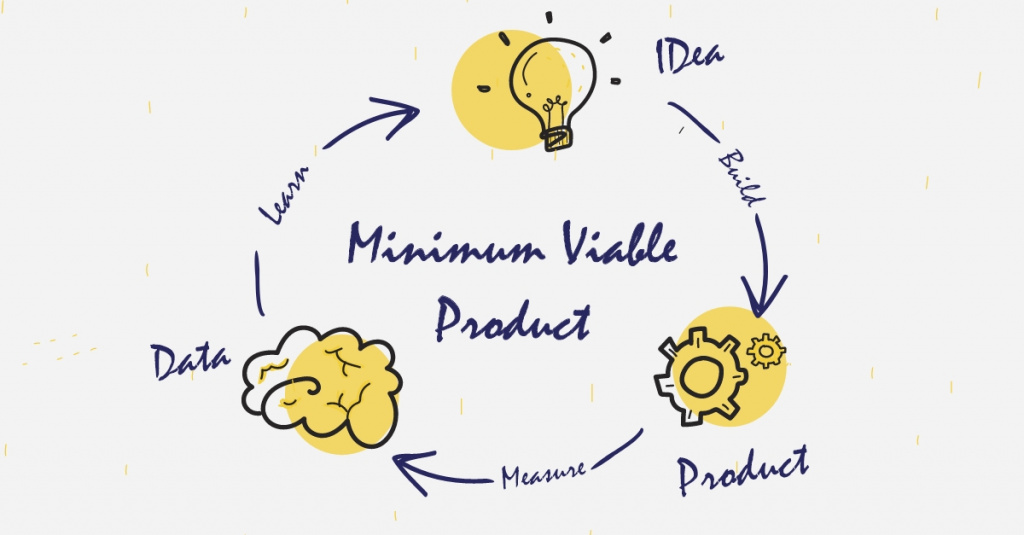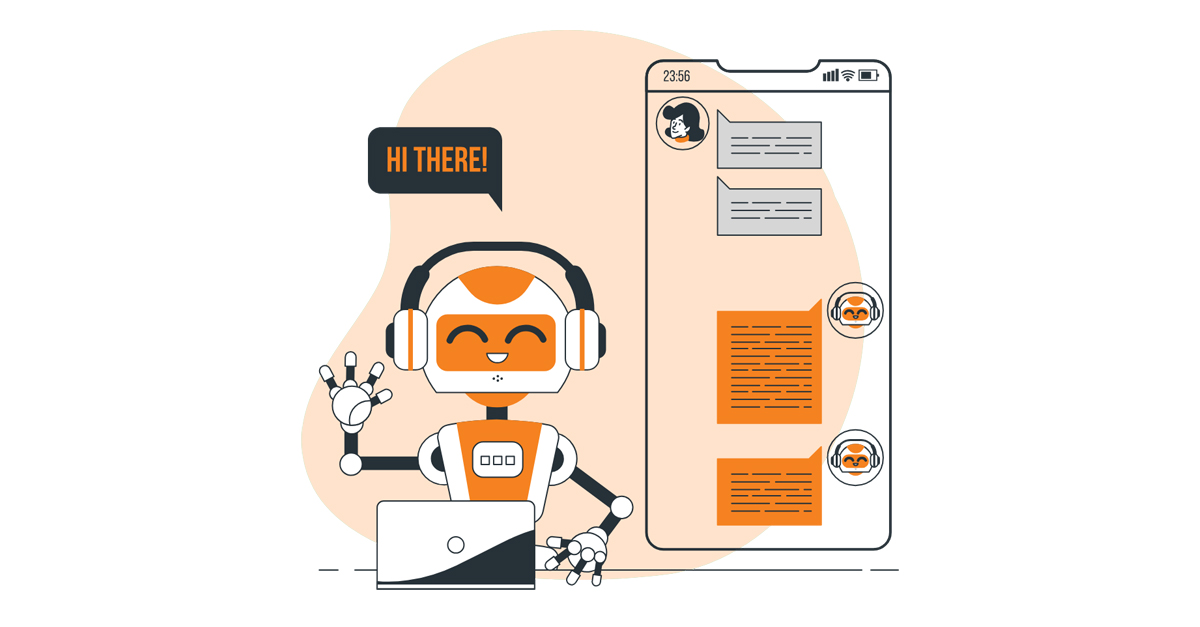As a business owner, you know very well that everything begins with an Idea. You must validate it, no matter how promising it sounds. Understand whether the market and your potential users will even consider it.
The competition is fierce, and the stakes are constantly high, given the large number of start-ups coming up right now. It’s a task that can be both rewarding and challenging. Surviving may be simple for you, but thriving is not for everyone.
“The weak die out and the strong will survive and will live on forever”― Anne Frank
As an entrepreneur, you must be willing to take a risk to validate your concept. It must, however, be well-considered and calculated.
“Don’t test the depth of the water with two legs,” Warren Buffet once warned. However, start-up founders must think early on to reap future benefits —
- Whether or if their idea is feasible?
- Is it genuinely going to accomplish what it’s supposed to?
- Is it genuinely beneficial to customers?
- Will my solution genuinely solve the problem for the customer?
The answer to all of your queries is a Minimum Viable Product (MVP).
It not only helps you validate the idea, but it also helps you better understand your clients’ needs. That is how successful entrepreneurs operate their businesses.
What is a Minimum Viable Product (MVP)?
The book ‘The Lean Startup’, by author Eric Ries lays out a process for creating a viable product in a shorter amount of time. His definition of MVP is as follows:
“The minimum viable product is that version of a new product which allows a team to collect the maximum amount of validated learning about customers with the least effort.”- Definition by Eric Ries.
In other terms, an MVP (Minimum Viable Product), also known as a Minimum Valuable Product, is the first version of a product with a minimal set of features that is yet sufficient to provide value to early adopters and collect input for future product development.

6 Key Steps to Follow to Build a Successful MVP
Thinking about whether you should start with an MVP or launch the entire product?
Aaah… Don’t be confused.
Want to know how multibillion-dollar product companies like Facebook, Groupon, and others got their MVPs off the ground first? Continue reading—
Remember the thumb rule: You’re building it for your users, not for yourself!
Due to a lack of clarity, the majority of start-up ideas fail. If yours is one of them, the MVP will alert you before it’s too late. It verifies your idea and tells you whether it’s essentially correct or incorrect.

The steps to creating a comprehensive MVP are as follows:
Step1: Conduct a Thorough Market Research
It is ubiquitous for ideas to get launched and fail. Reason being unable to satisfy customer or market’s needs.
However, always check that an idea meets the needs of the target users before putting it into action. Make sure you perform surveys since the more information about client behavior you acquire, the better your chances of success. Have a close watch on what your competitors are delivering to the target market and how you can make your idea stand out to engage customers.
Quick Plug: Want to build an MVP? At Netsmartz we excel in delivering high-quality MVP solutions as per business requirements. With 100+ successful MVP development projects under our belt, we can help with end-to-end MVP development and consultation to take your idea from concept to reality.
Step 2: Exhibit Your Idea clearly
- What does your product have to offer your customers?
- What is the benefit to them?
- What attracts them to buy your product?
These are some crucial questions to consider to communicate your concept effectively.
You should also be quite clear regarding your total estimation of the product. As stated in the MVP, when presenting value to people, first identify their needs and, based on that, design your MVP.
Step 3: Prepare the User Flow and Design Process
Build the product in a user-friendly way. You must consider the product from the user’s perspective. User flow is also crucial because it ensures that you don’t miss anything while thinking about the future product and its user happiness.
To establish your user flow, you must first define the process phases, which require explaining the procedures required to achieve the primary goal.
Step 4: Determine the Project Features
To begin, make a list of all the features you want to include in your product before constructing the MVP; then, once the MVP is complete, compare it to the list. After you’ve compiled a list of features for each level, you’ll need to rank them. Question yourself like – What do my users want? Am I providing them with something beneficial?- to help you prioritize the features.
After that, sort the remaining features into three categories: high priority, medium priority, and low priority. After you’ve organized all of the features, you’ll be able to specify their scope for the initial product version & move on to creating an MVP. You can also construct an MVP’s prototype to see how your future product will look.
Step 5: Launch Your MVP
You’re ready to build your MVP once you’ve determined the proper features and figured out what your market wants. Remember, MVP is not low-grade to the final product in terms of quality.
Unlike a demo or prototype, this product must nonetheless meet your customers’ needs. It should be simple to use, entertaining, and, most importantly, appropriate for your users to achieve their goals.
Step 6: Build, Test, and Learn
Following the creation of the final product, it must be tested. First of all, put the product into its stage, following which you will be expected to test it. This initial test is best carried out by QA software developers responsible for maintaining product quality.
After launching the MVP, go over everything again. Collect input from your target audience. With this, you will be able to gauge the acceptance and competitiveness of your product as it reaches the market by doing so.
To Wrap Up
With an MVP, you can start small, iterate, and scale up. It allows you to enter the market and make your product for the lowest cost possible while ensuring market validation. It’s all about proving your hypothesis, testing your idea, and determining the best features to solve a specific problem.
Start-ups, because of the cost savings and time-to-market, believe outsourcing is an excellent alternative for MVPs. Finding the right mobile app development firm, on the other hand, can be an arduous task because you need a company that has the knowledge and capability to satisfy your needs.
MVP App Development necessitates technical proficiency and strategic thinking, and business savvy. Netsmartz can help you with all of these development issues! We can take a project from concept to completion with our experience and technical expertise.

Summary
Kickstart Your Project With Us!
Popular Posts
CONTACT US
Let's Build Your Agile Team.
Experience Netsmartz for 40 hours - No Cost, No Obligation.
Connect With Us Today!
Please fill out the form or send us an email to







